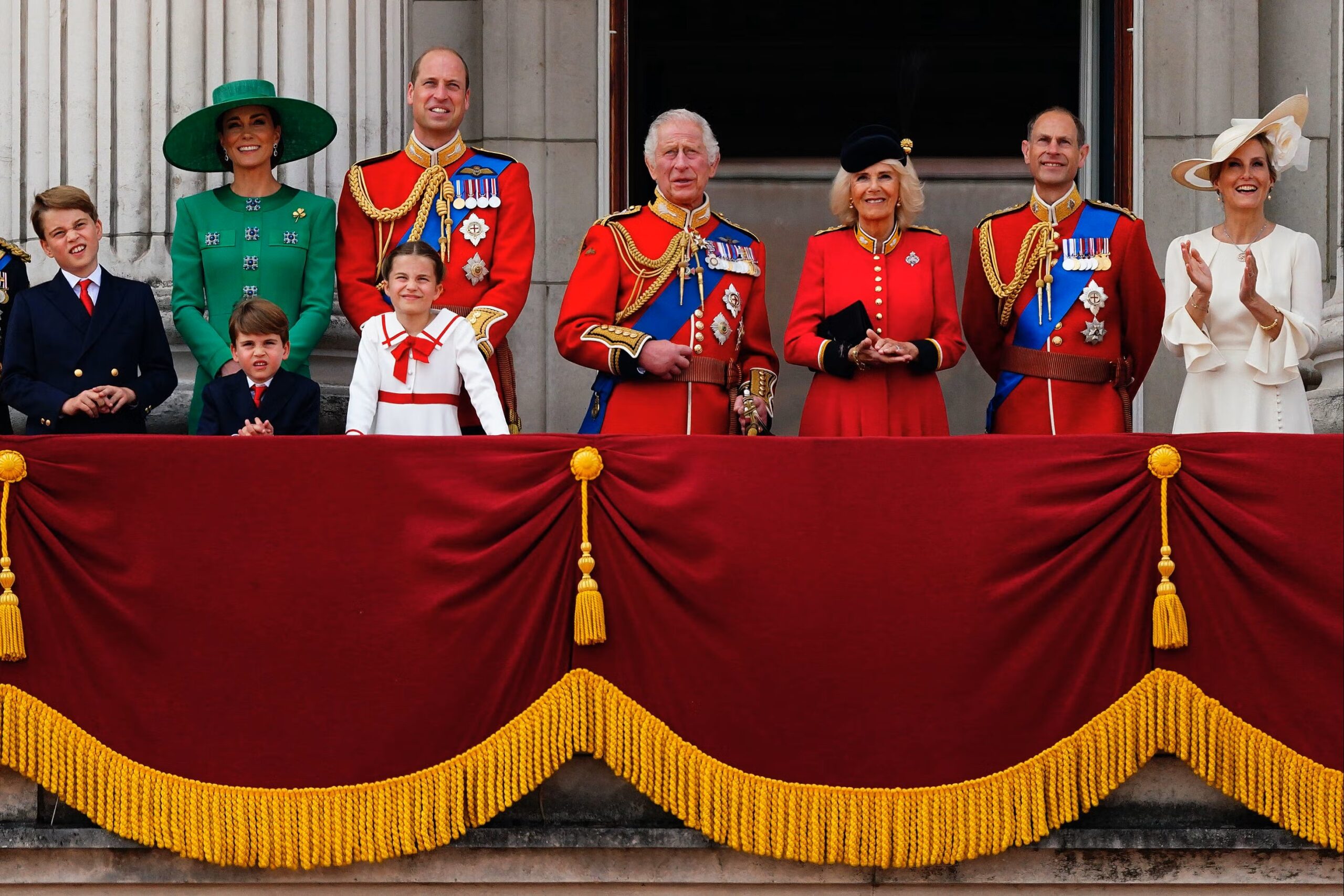The true financial impact of the British monarchy on taxpayers has been thrust into the spotlight once again as anti-monarchist campaign group Republic claims the annual cost of the Royal Family is £510 million. This figure, they argue, is substantially higher than the £86 million provided by the Sovereign Grant, a figure often cited as the official cost of the monarchy. Republic’s analysis brings attention to what they view as an excessive financial burden that has long gone unchecked.
At the core of Republic’s argument is the assertion that the Sovereign Grant, the public funding mechanism that supports royal activities, only accounts for a fraction of the real costs. The grant covers staff wages, royal travel, and the maintenance of historic properties like Buckingham Palace and Windsor Castle, but it excludes crucial areas such as security. Republic claims that security alone likely adds around £150 million to the annual cost, a figure they say should be confirmed by the government for greater transparency.
Sir Michael Stevens, the Keeper of the Privy Purse, has repeatedly defended the Royal Household’s financial management, stressing the importance of delivering value for money. However, critics like Republic’s chief executive Graham Smith see the monarchy as an unjustifiable expense, particularly at a time when the UK is grappling with economic challenges. “We’re slashing vital public services, yet we’re happy to spend hundreds of millions on the royals without proper scrutiny. It’s time the government was held accountable,” Smith stated.
Republic’s £510 million estimate also incorporates what it describes as “missed revenue opportunities.” The group argues that royal properties could be used more effectively to generate commercial income, estimating that the UK loses out on £96 million each year by not capitalizing on these assets. Additionally, they call for the Duchies of Lancaster and Cornwall to pay into the public treasury instead of funding the King and the Prince of Wales. This, Republic says, could recover an additional £99 million annually for the taxpayer.
Republic’s longstanding criticism of the monarchy’s funding system centers on its perceived lack of transparency and accountability. The group has called for significant reforms, including a dramatic reduction in the monarchy’s operating budget. They propose that the running costs of a head of state should be between £5 million and £10 million annually, and that the King’s salary should be pegged to that of the prime minister, at £189,000 per year.
While Buckingham Palace has yet to respond to these claims, the latest Sovereign Grant report, published in July, indicates that state funding will remain at £86.3 million for 2024-25. The report also projects a rise to £132 million in 2025-26, primarily driven by increased revenue from the Crown Estate’s offshore wind farm projects.
Sir Michael Stevens has highlighted that despite rising costs due to inflation and the transition following Queen Elizabeth II’s passing, the Sovereign Grant has not seen an increase for three consecutive years. “Our commitment to ensuring the Royal Family provides value for money remains unwavering, even amid the personal and financial challenges of recent years,” Stevens said earlier in the year.
While critics like Republic call for drastic changes, defenders of the monarchy argue that the Royal Family contributes significantly to the British economy, particularly in the realms of tourism and international diplomacy. A YouGov survey from last month found that 55% of respondents believe the monarchy offers good value for money, compared to 30% who see it as poor value. Generational differences, however, are stark. While older generations are more likely to view the monarchy favorably, younger people are increasingly questioning the institution’s relevance and financial costs. This generational divide is likely to shape the ongoing conversation about the future of the monarchy in the UK.






